
Heinrich Himmler
Nacimiento : 1900-10-07, München, Germany
Muerte : 1945-05-23
Historia
Heinrich Luitpold Himmler ( 7 October 1900 – 23 May 1945) was Reichsführer of the SS, a military commander, and a leading member of the Nazi Party. As Chief of the German Police and later the Minister of the Interior, Himmler oversaw all internal and external police and security forces, including the Gestapo (Secret State Police). Serving as Reichsführer and later as Commander of the Replacement (Home) Army and General Plenipotentiary for the entire Reich's administration (Generalbevollmächtigter für die Verwaltung), Himmler rose to become one of the most powerful men in Nazi Germany as well as one of the persons most directly responsible for the Holocaust. As overseer of the concentration camps, extermination camps, and Einsatzgruppen (literally: task forces, often used as killing squads), Himmler coordinated the killing of some six million Jews, between 200,000 and 500,000 Roma, many prisoners of war, and possibly another three to four million Poles, communists, or other groups whom the Nazis deemed unworthy to live or simply "in the way", including homosexuals, people with physical and mental disabilities, Jehovah's Witnesses and members of the Confessing Church. Shortly before the end of the war, he offered to surrender both Germany and himself to the Western Allies if he were spared prosecution. After being arrested by British forces, he committed suicide before he could be questioned.
Description above from the Wikipedia article Heinrich Himmler licensed under CC-BY-SA, full list of contributors on Wikipedia.
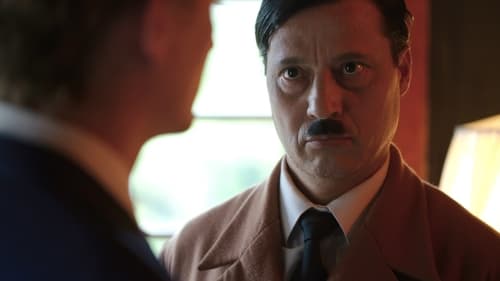
Self (archive footage)

Self (archive footage) (uncredited)
Countless people around the world know the pictures from Leni Riefenstahl's films, even if they have not seen them in their entirety. The work of the German director has burned itself into the collective memory. Even decades after the end of the Nazi era, she showed no remorse and presented herself as an apolitical, naive follower of the Nazi criminal regime. Her artistic service for the cinema was always recognized. But book author Nina Gladitz shows after decades of research that Hitler's favorite filmmaker was not only a follower, but also a perpetrator during the Third Reich, who instrumentalized other filmmakers such as the brilliant cinematographer Willy Zielke in order to gain fame for herself.

Self (archive footage)
This richly illustrated historical documentary investigates the mechanism of nationalist feelings that radicalise. It shows how fascism was on the rise even a decade before the founding of the NSB, due to a number of anti-democratic initiatives led by a millionaire with a predilection for one-legged women, a market vendor, a cleric, and an artist. Historians, writers and collectors of fascist curios reveal how an initially marginal and fragmented movement grew into a radical populist party.
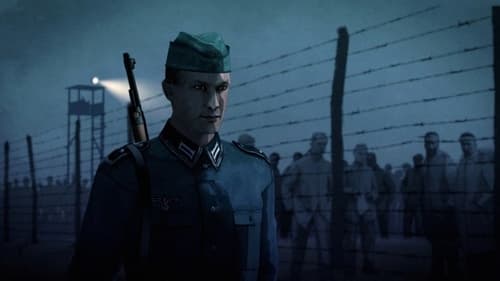
Self - Politician (archive footage)
September 1st, 1939. Nazi Germany invades Poland. The campaign is fast, cruel and ruthless. In these circumstances, how is it that ordinary German soldiers suddenly became vicious killers, terrorizing the local population? Did everyone turn into something worse than wild animals? The true story of the first World War II offensive that marks in the history of infamy the beginning of a carnage and a historical tragedy.
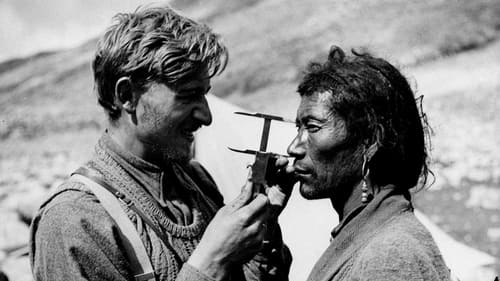
Self - Politician (archive footage)
In 1935, German scientists dug for bones; in 1943, they murdered to get them. How the German scientific community supported Nazism, distorted history to legitimize a hideous system and was an accomplice to its unspeakable crimes. The story of the Ahnenerbe, a sinister organization created to rewrite the obscure origins of a nation.
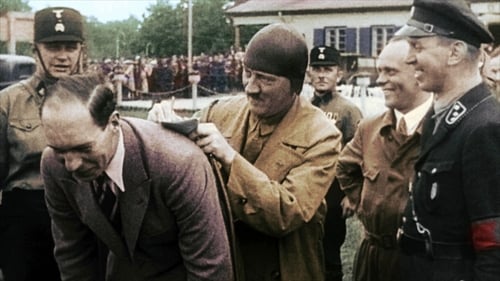
Self (archive footage)
How Germany was when its people entered the nightmare of World War II? Despair and fear lead a hungry population to follow the chilling call of just one man to world domination. A real-life horror story, an ominous tale of violence and deception, which takes place from 1919 to 1934. (Entirely made up of restored, colorized archival footage.)

En mayo de 1945, un grupo de soldados de infantería del ejército norteamericano entraron en la casa familiar del comandante de las SS Heinrich Himmler, incautando cientos de cartas privadas, documentos y fotografías. Este documental revela el contenido de dicho material. Vanessa Lapa, periodista y realizadora nacida en Bélgica, vive desde 1995 en Israel, donde ha realizado cientos de reportajes para la TV israelita. (FILMAFFINITY)

Reichsführer of the Schutzstaffel (SS)
"Himmlers Kantele Player" - about Finnish student, who decides to leave University of Sorbonne and walk from Paris to Helsinki in the spring of 1935. On his way, in Germany, he meets Heinrich Himmler, who is attracted by a traditional Finnish instrument, kantele. Himmler employs Yrjö as researcher to the Ahnenerbe institute to find the Aryan roots from the runic singing culture of Finnish Carelia.

Self (archive footage)

Himself
Born into a Bavarian bourgeois family, Heinrich Himmler became the driving force behind the indescribable crimes that made the Nazi regime so unique in modern history.

Heinrich Himmler

Self (archive footage) (uncredited)
En un planeta Tierra post-apocalíptico, un sabio mago y sus compañeros luchan contra otro mago que está utilizando aparatos tecnológicos para conquistar el planeta. Dos hermanos lideran bandos opuestos en un mundo fantástico, uno de ellos desde el bando que pretende la paz. El otro lidera un grupo avaricioso que sigue los ideales nazis.

Self (archive footage) (uncredited)
Documents the major trial of the Nazi war criminals and the violent acts that they were accused of.

Self (archive footage) (uncredited)
Indagación sobre los orígenes del fascismo y su desarrollo en Italia y en otros países mediante material de archivo. Esta revisión muestra el marco ideológico del fascismo y el rastro que ha dejado en la mentalidad de la gente.
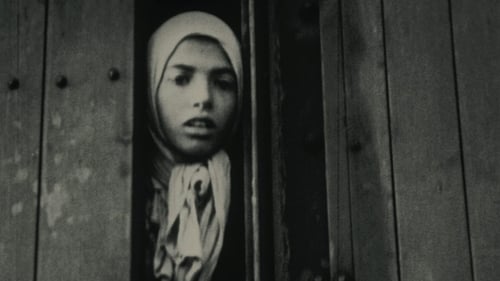
Self (archive footage) (uncredited)
Doce años después de la Liberación y del descubrimiento de los campos de concentración nazis, Alain Resnais entra en el desierto y siniestro campo de Auschwitz. Lentos travellings en color sobre la arquitectura despoblada, donde la hierba crece de nuevo, alternan con imágenes de archivo (en blanco y negro, rodadas en 1944) que reconstruyen la inimaginable tragedia que sufrieron los prisioneros así como las causas y las consecuencias de esa tragedia: desde el advenimiento del nazismo y la deportación de los judíos hasta el juicio de Nuremberg.

Self (archive footage)
The film begins with the First World War and ends in 1945. Without exception, recordings from this period were used, which came from weekly news reports from different countries. Previously unpublished scenes about the private life of Adolf Hitler and Eva Braun were also shown for the first time. The film was originally built into a frame story. The Off Commentary begins with the words: "This film [...] is a document of delusion that on the way to power tore an entire people and a whole world into disaster. This film portrays the suffering of a generation that only ended five to twelve. " The film premiered in Cologne on November 20, 1953, but was immediately banned by Federal Interior Minister Gerhard Schröder in agreement with the interior ministers of the federal states of the Federal Republic of Germany.
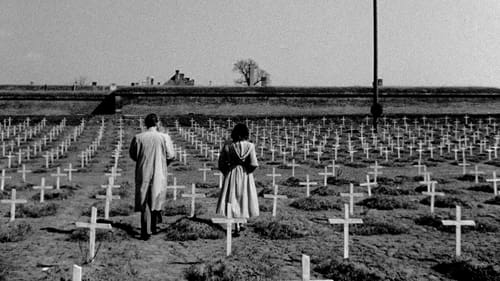
Self - Politician (archive footage)
Praga, durante la Segunda Guerra Mundial. Hana Kaufmann, una oftalmóloga judía, se casa con el Dr. Antonín Bureš, un hombre cristiano. Cuando su familia es enviada al campo de concentración de Theresienstadt, su romance se convierte en una lucha por la supervivencia.
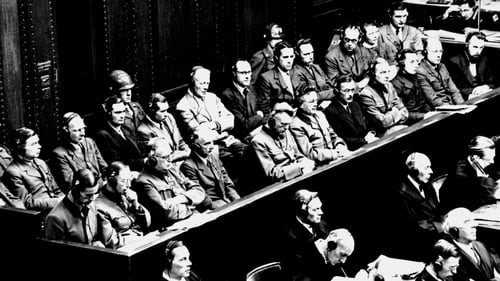
Self
How, in November 1945, after the end of the World War II and the fall of the Third Reich, the international prosecutors participating in the first Nuremberg trial —formally, the International Military Tribunal— built their case against the top Nazi war criminals using the films and records produced by the own regime, obsessed with documenting everything in its long path of infamy and crime.

Self (archive footage)
An account of Adolf Hitler's rise and fall, his relationship with Eva Braun and their days of leisure at the Berghof, their Bavarian residence.
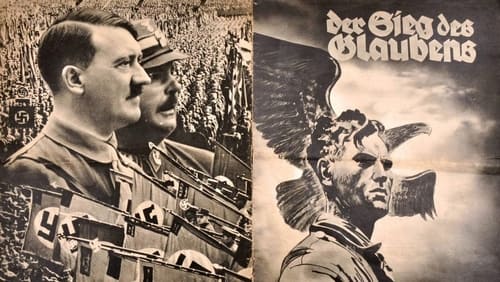
Self
Cobertura del 5º Congreso del Partido Nazi en Nürenberg, del 1 al 3 de septiembre de 1933. El documental comienza con el amanecer del primer día, cuando la tranquilidad se transforma en un bullicio que culmina con la llegada de Hitler.

Self (archive footage) (uncredited)
the italian social republic was born in september 1943 after the armistice with the allies and the liberation of mussolini, as an attempt to rebuild an italian state that would continue the work of fascism. the government of the new republic is based in salo ', on the shores of lake garda, with a political center in verona, where the republican fascist party is rebuilt. from then until 1945 Italy lived nineteen dramatic months, characterized by deaths and destruction. in the vain attempt to regain the consent of the masses, the republic of salo 'became an instrument of repression in the hands of the Germans and collapsed, in April 1945, in the face of the advance of the allied armies. this documentary reconstructs the history of those 600 days with largely unpublished material.













